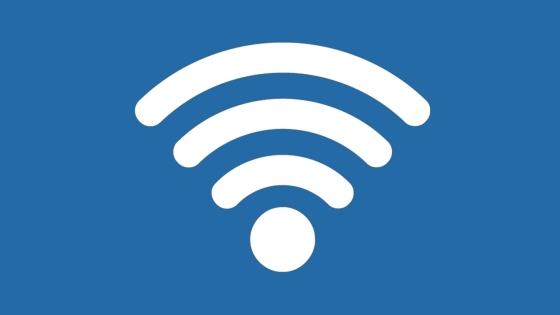Could Li-Fi Become A Reality in Homes and Businesses? BLT Direct Investigates
<span>BLT Direct are investigating how the unique interactions between LED light bulbs and the internet are leading to exciting new discoveries in the world of technology, including light bulbs controlled through apps, and bulbs that transmit wireless data.span>

BLT Direct, a premier UK provider of lighting solutions for homes and businesses, are setting out to explore the new frontier of lighting solutions, by establishing what the future holds for lighting technology, and in particular, the new relationships that are linking light bulbs and internet connections. From Li-Fi, the process of actually receiving wireless data through a light bulb, to using the internet and an app to switch lights on and off remotely, the marriage of the two technologies is allowing the tech industry to explore some exciting new developments; but will they ever catch on?
Steven Ellwood, Managing Director of BLT Direct, says, “The market right now is becoming flooded with a number of exciting new devices and gadgets that allow for interaction between light bulbs and the internet, including smart boxes that allow people to control their house’s entire lighting arrangements remotely without so much as flicking a switch. There are also Li-Fi developments which have seen scientists report transmissions speeds 250 times faster than broadband all by using the spectrum of visible light. This progress demonstrates that light and wireless connectivity will prove to be integral to our future, but how long will it take before they catch on? Will they just be a gadget for the rich and tech-savvy, or will they be adopted by all?”
Internet-controlled lamps are no new phenomenon, but now that the technology to make them a reality has reached an affordable price, they are achieving much more recognition. They have a great number of benefits for those looking to save energy; they allow homeowners to monitor how much energy they are consuming, turning off lights that aren’t in use around their home and setting their lights to switch on or off on a unique timer system. This level of control for those who are mindful of their energy bills is a great development, especially as many more people are turning to energy-saving lighting solutions as a way to cut back. The more available this technology becomes, the more people will begin to adopt it in their homes as they look to save money.
Li-Fi could also prove an exciting development for the lighting world. Where Wi-Fi uses radiowaves to transmit data, Li-Fi uses visible light, with a light bulb switching on and off so quickly it is invisible to the human eye. Experts predict that LED light bulbs could be converted to transmit Li-Fi with the addition of a basic microchip, and the new devices would be used in circumstances where radio frequencies are prohibited, such as on aeroplanes. As far as everyday adoption is concerned, the technology is too advanced to consider for consumers at the minute, but if the devices were installed into luxury aircrafts, they would allow people to access the internet on a plane without interfering with any vital radio transmissions between pilots and air traffic control.
